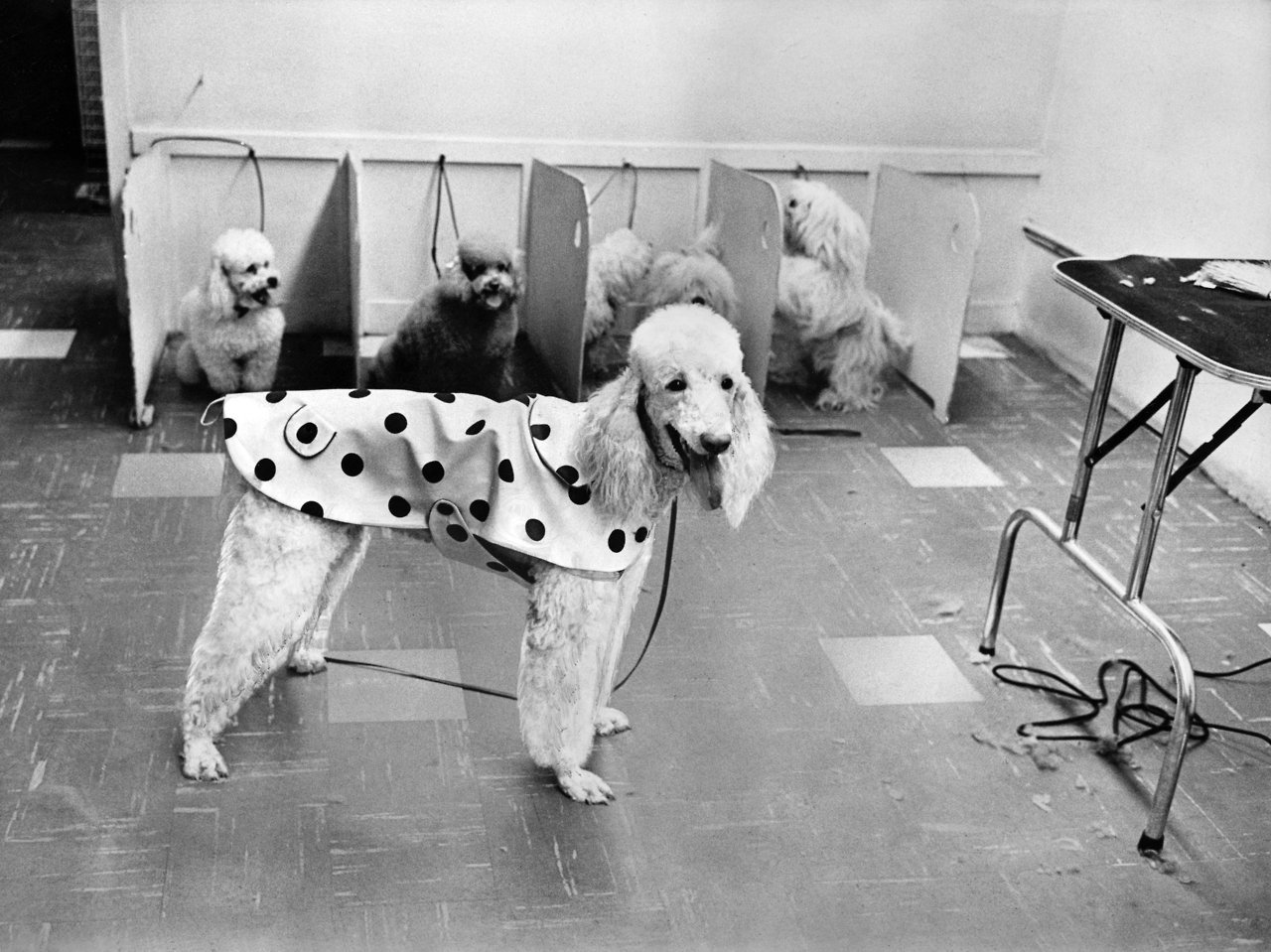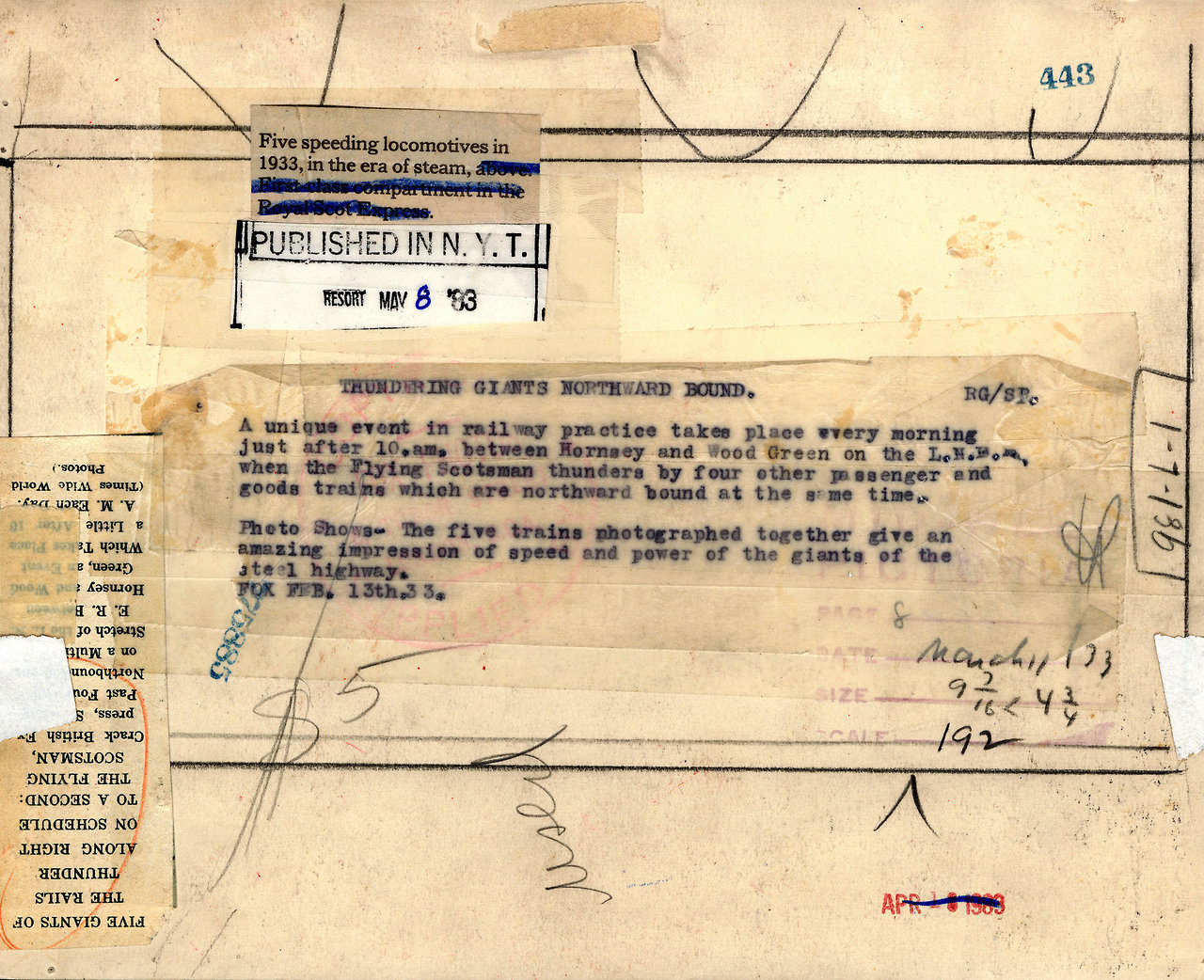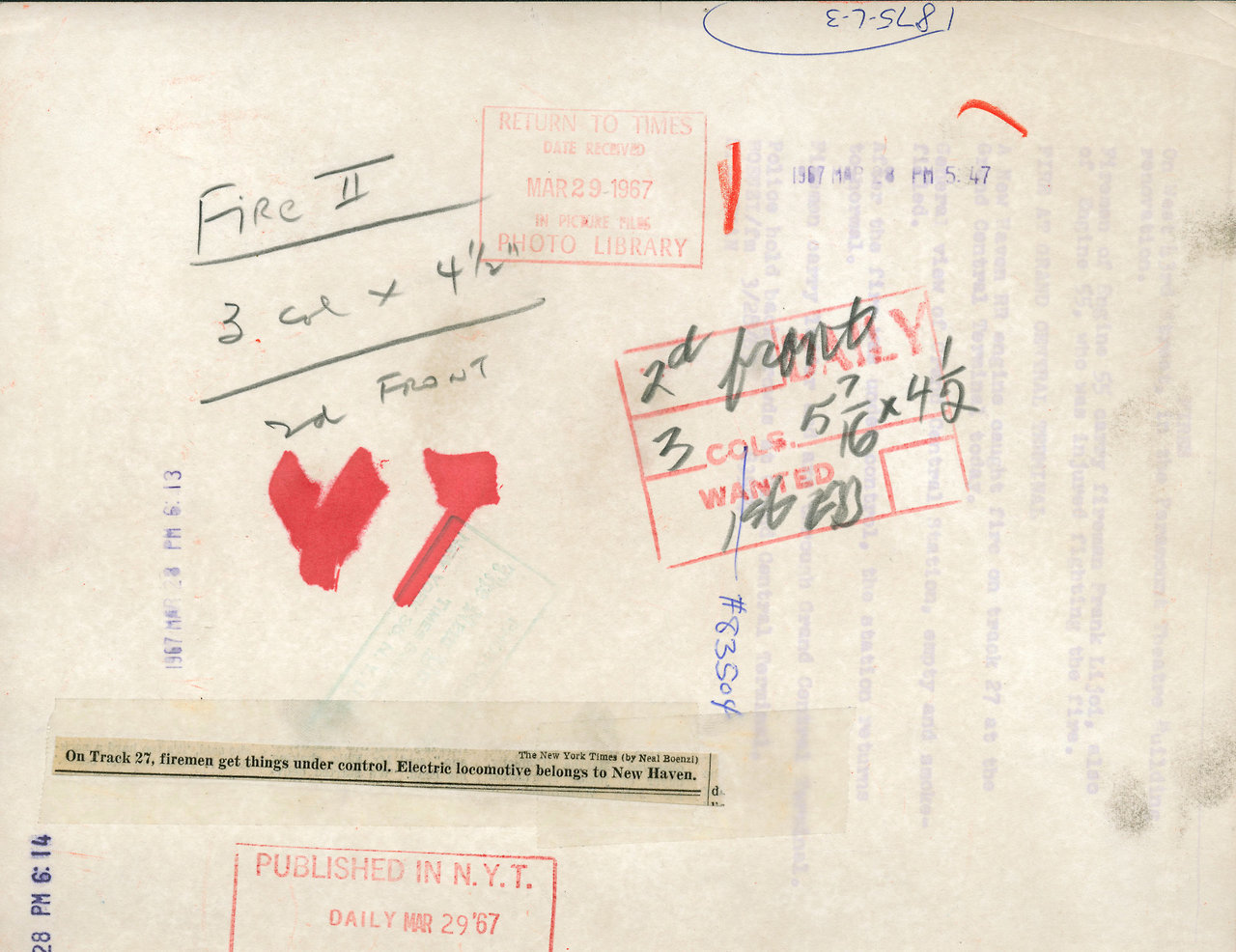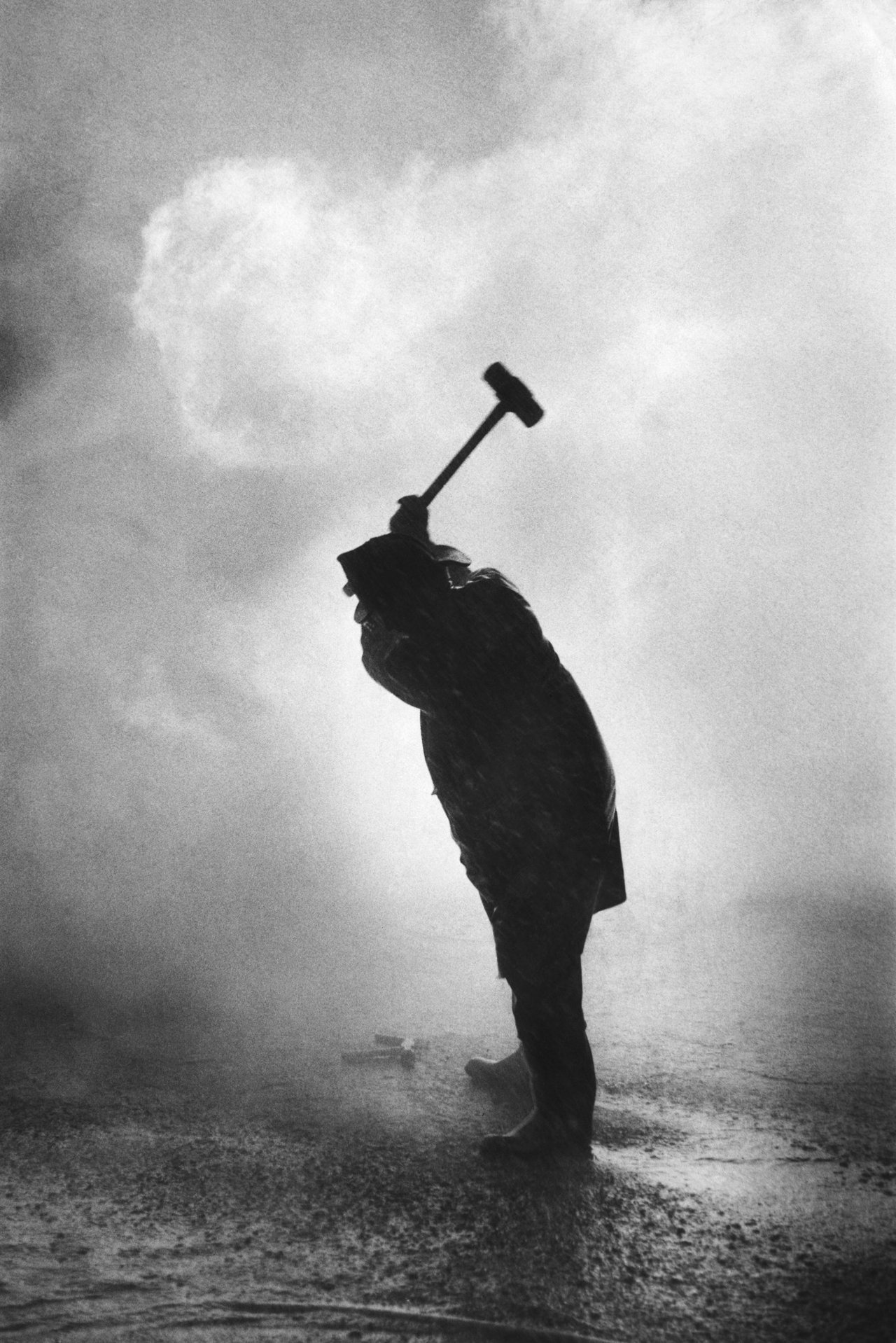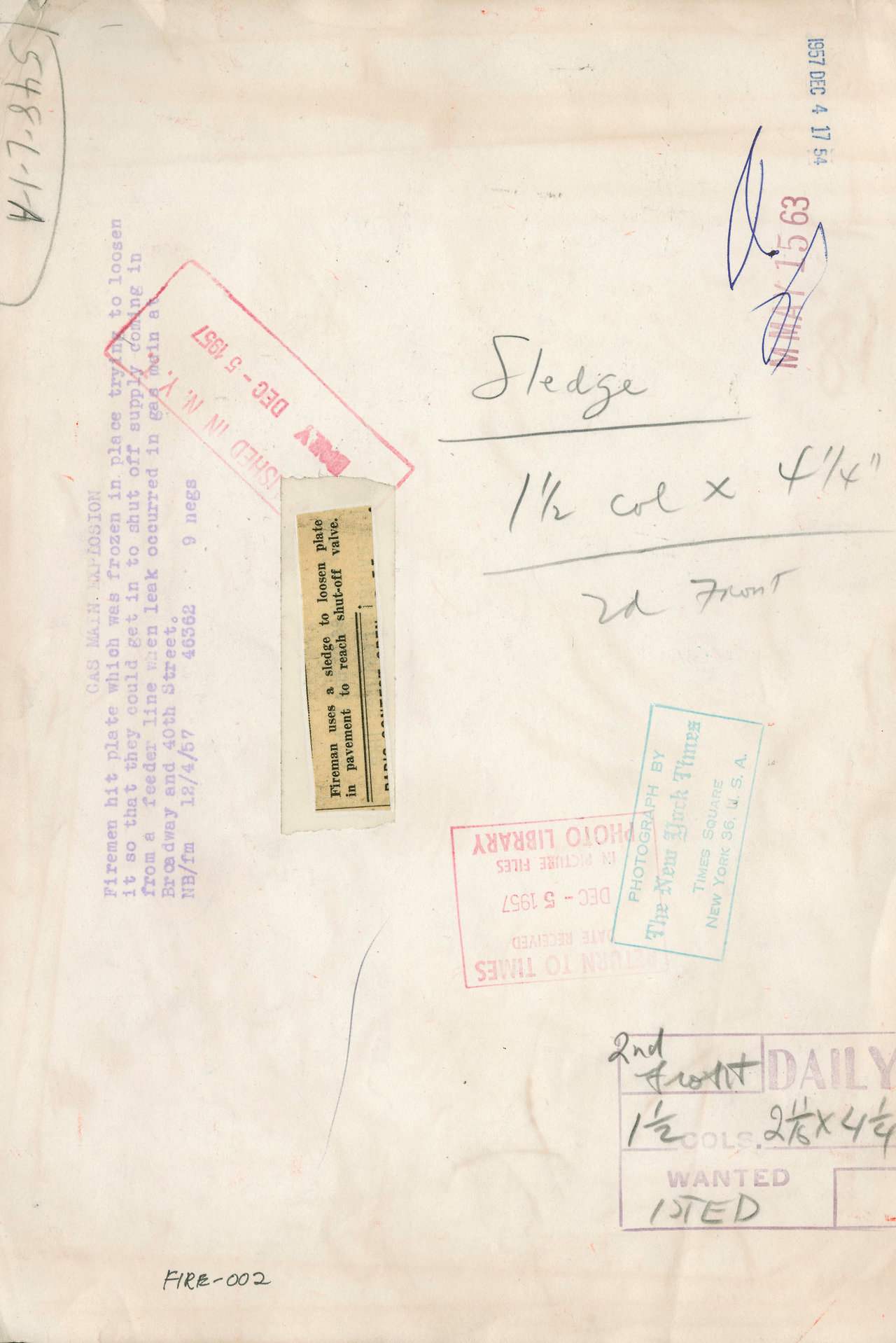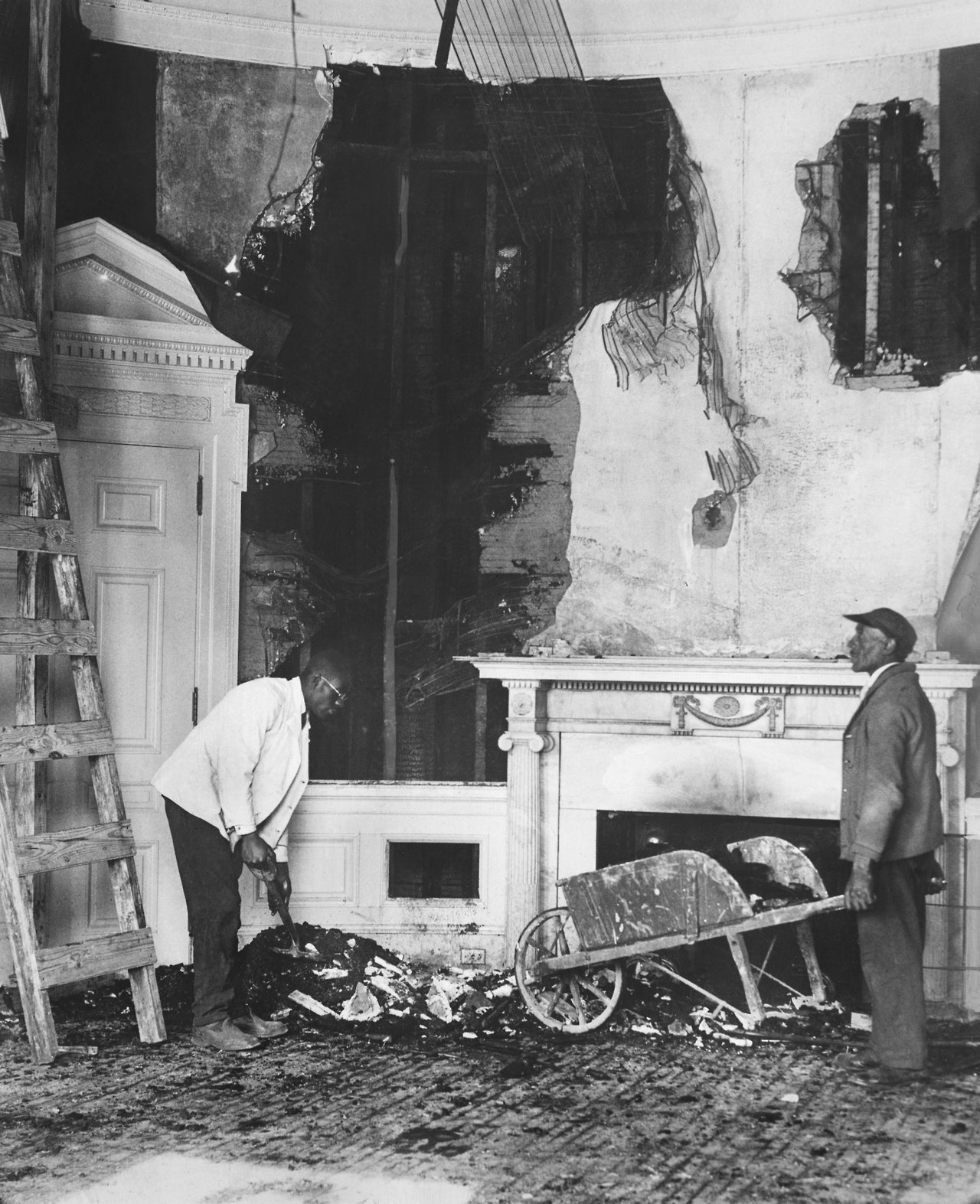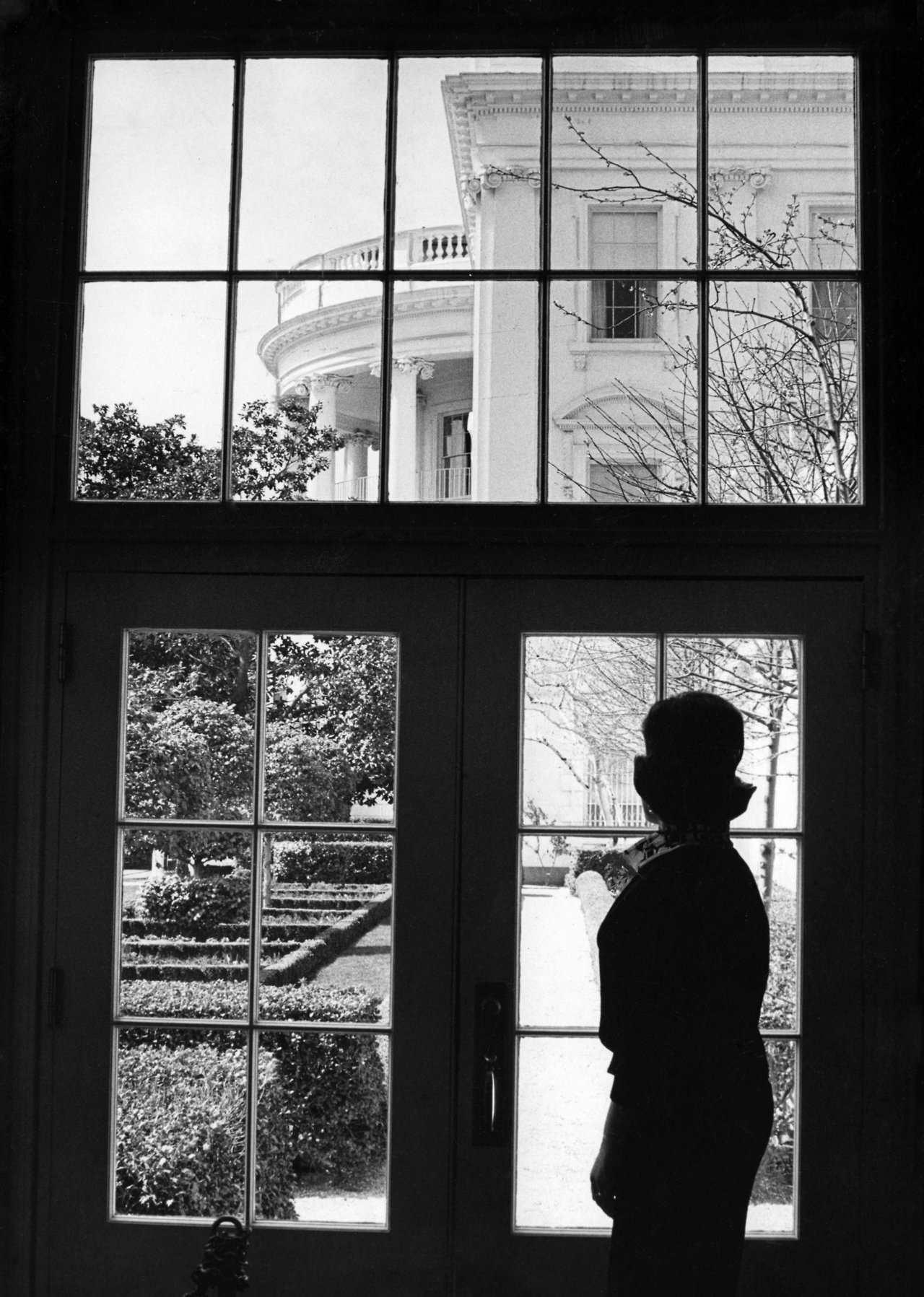

March 7, 1956: The Federal Bureau of Investigation lent its crime-fighting know-how to student detectives of the New York police, as law enforcement officials held exercises to teach 64 trainees how to properly shoot tear gas and automatic weapons and apprehend criminals. The exercises took place in “dilapidated buildings used in wartime for training of merchant seaman” on tiny Hoffman Island in the New York Bay, just off Staten Island, The Times reported.Readers, please note: This is the Lively Morgue’s last post. Thank you for following, and you can still enjoy quirky and fascinating historical gems from The Times’s past coverage on Twitter and Instagram by following @nytarchives. The entire paper since its founding, searchable and viewable as it was originally published, is also available to subscribers using the Times Machine. Photo: Patrick Burns/The New York Times


